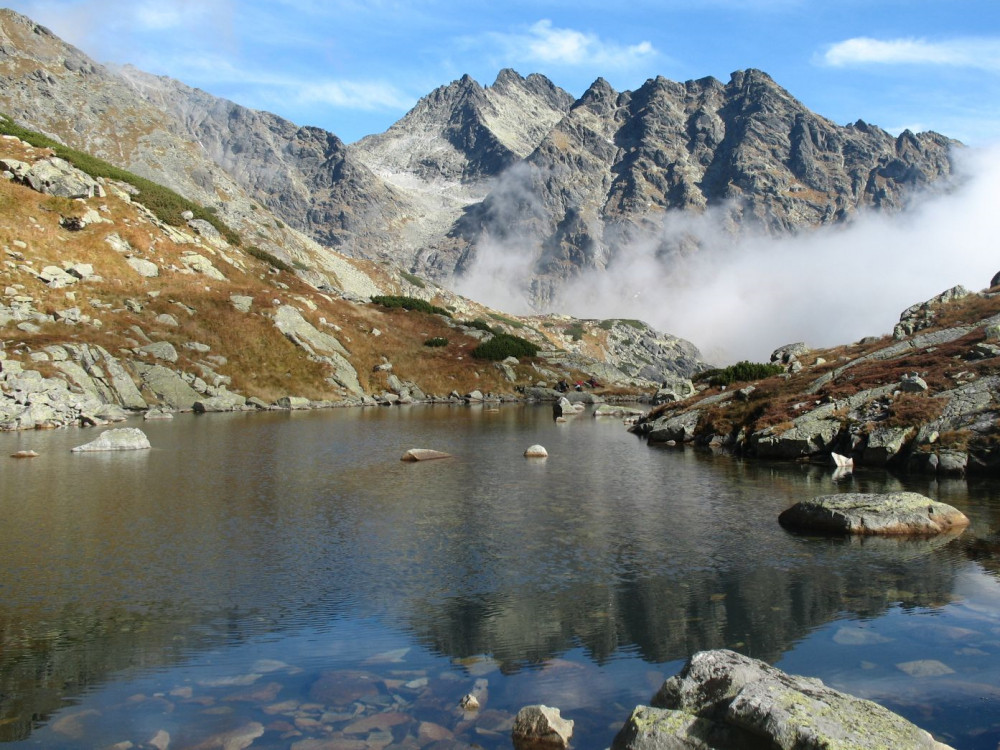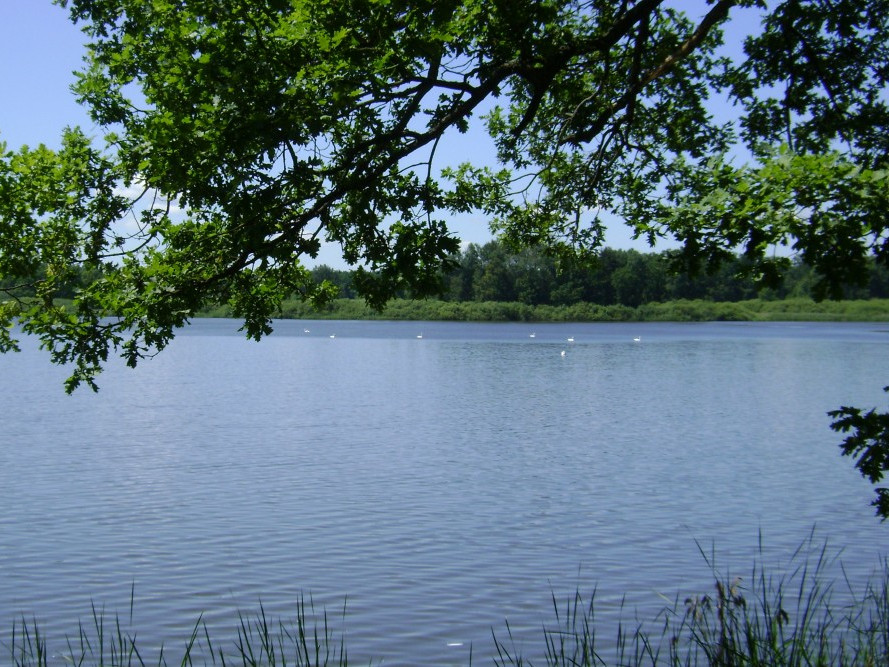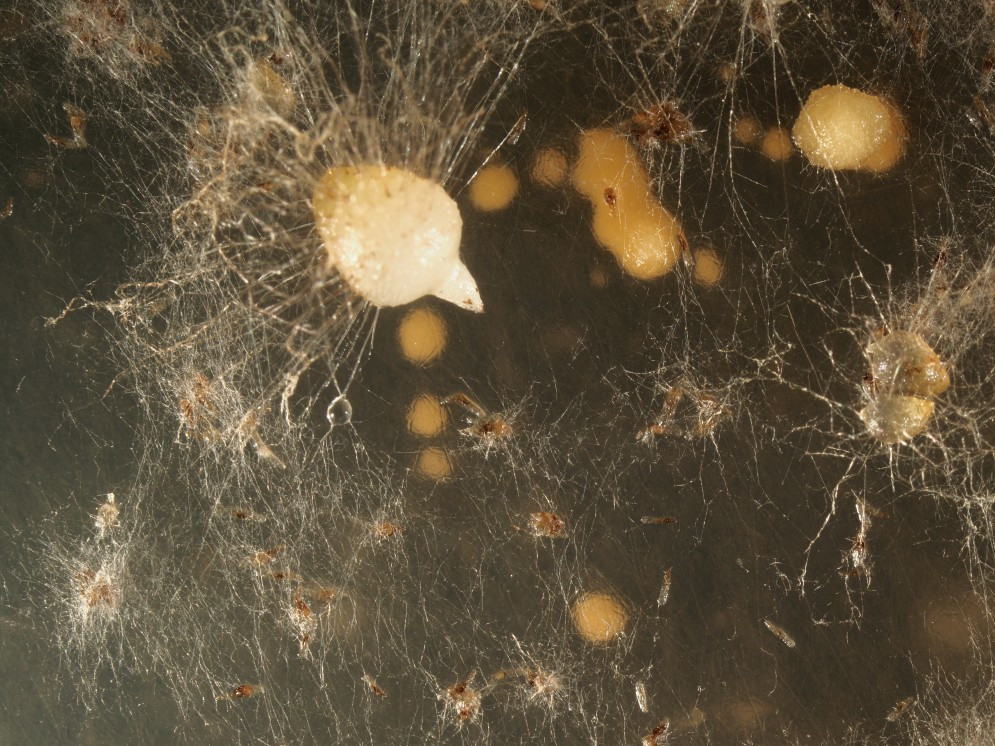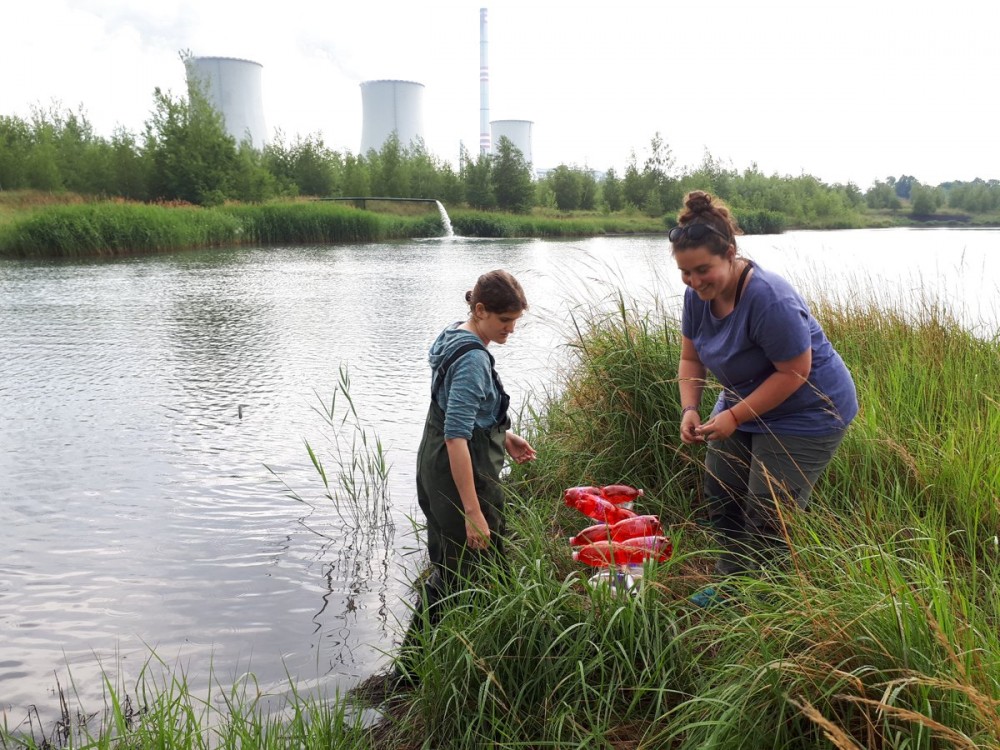Freshwater ectotherms under climate change: the role of phenotypic plasticity in life histories and trophic interactions
(Co)investigator from the Department: David Boukal
Funding provider: The Czech Science Foundation
Duration: 2017 - 2019
Project description:
Understanding climate change impacts on ecosystems is one of the most important challenges to current ecology and conservation biology. While many freshwater ectotherms are particularly vulnerable to rising temperatures due to their limited dispersal ability, they may mitigate the impact of thermal stress by phenotypically plastic responses. We combine mathematical modelling and laboratory experiments to understand the role of temperature-dependent individual performance and temperature-induced phenotypic plasticity on individual life histories and interspecific interactions. Our model groups include aquatic insects and newts (in collaboration with Lumír Gvoždík from the Institute of vertebrate biology, Czech Academy of Sciences).
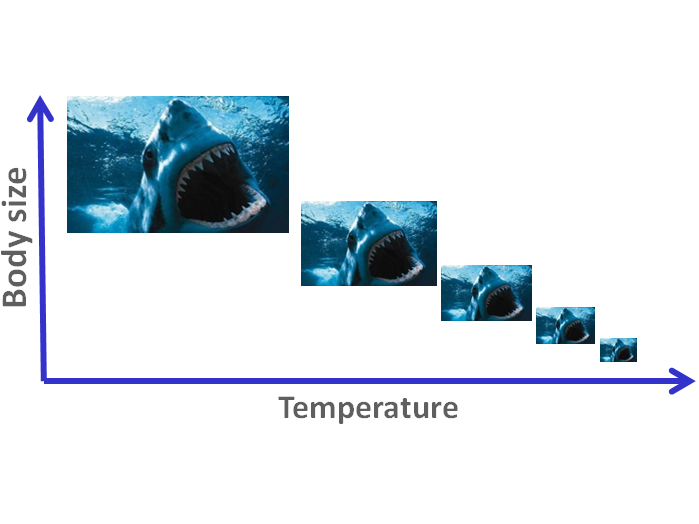
- Hits: 10977
